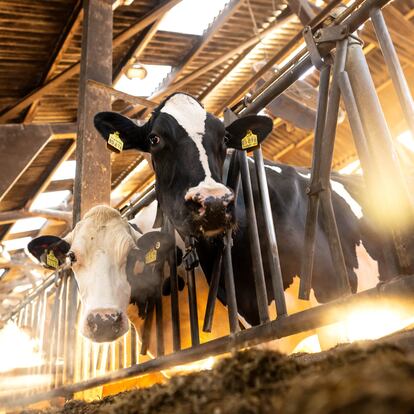
CRISIS CLIMÁTICA
Por qué las emisiones de metano se han disparado y cómo va a afectar a la crisis climática
Las emisiones de metano nunca han sido tan altas. En los últimos años, se ha convertido en el segundo gas de efecto invernadero más presente en la atmósfera, después del dióxido de carbono (CO₂).
Los datos son preocupantes:
- Su concentración es 2,6 veces más alta que en tiempos preindustriales, como muestra el último balance del Global Carbon Project.
- Y las emisiones se deben sobre todo a causas humanas: la ganadería, la industria de los combustibles fósiles, los cultivos de arroz y la gestión de los vertederos.
- Además, una molécula de metano contribuye al calentamiento global hasta 80 veces más que una de dióxido de carbono.
¿Por qué ahora hay más metanos que antes? La actividad humana ha aumentado, pero también influyen factores naturales.
- Fenómenos como el de La Niña han incrementado las lluvias en los países tropicales, y los suelos saturados de agua estimulan las emisiones de metano.
- A esto se suma el deshielo de los suelos del Ártico por el cambio climático: el permafrost se convierte en lagos que comienzan a emitir más metanos, impulsando aún más el cambio climático.
¿Y qué se puede hacer? Es necesario reducir las emisiones de este gas.
- En España, el 40% de las emisiones provienen de la ganadería. Algunas grandes empresas ya utilizan un aditivo, aprobado por la Comisión Europea, que si se añade a la comida de las vacas reduce sus emisiones en un 30%.
- Otra alternativa es inundar los campos de arroz solo en algunos meses del año, para evitar que el suelo empreñado de agua emita metano 365 días al año.
© Foto: Sina Schuldt (Getty Images)
Si quieres saber más, puedes leer aquí.